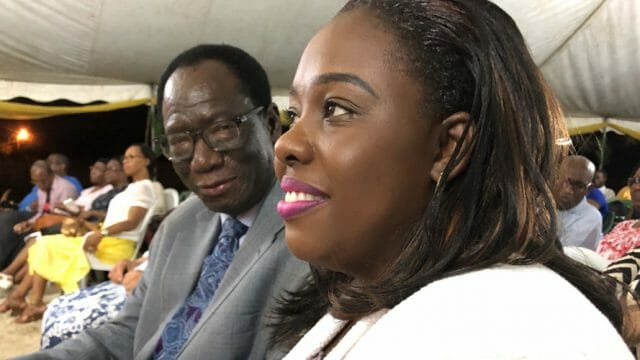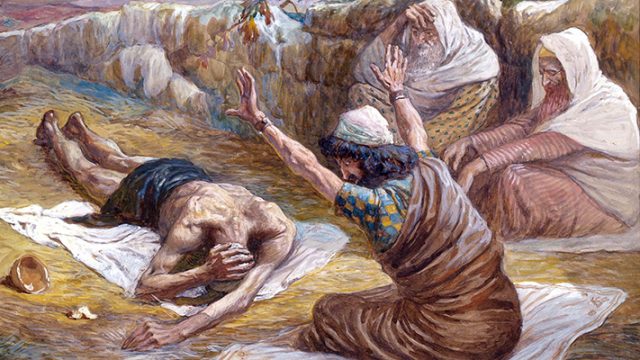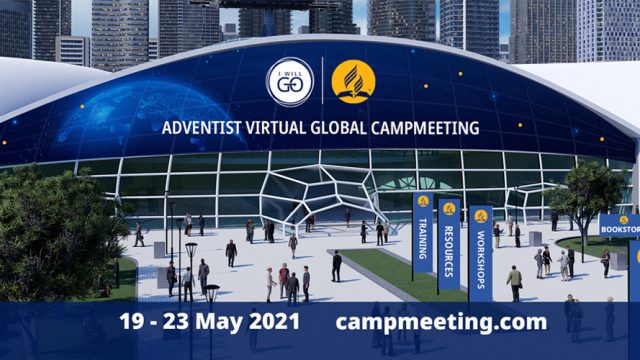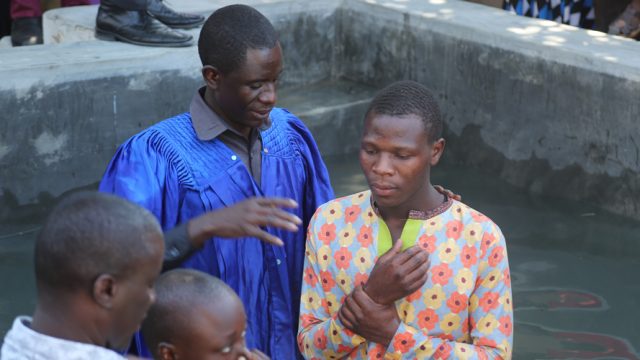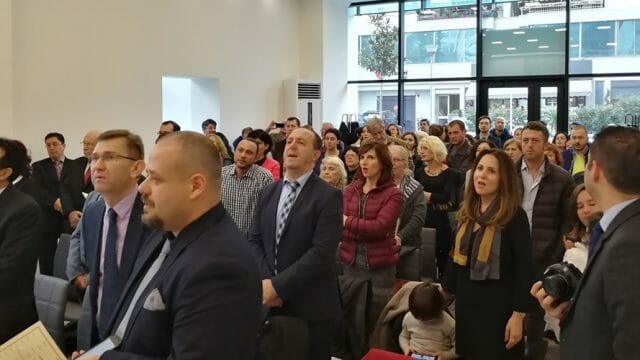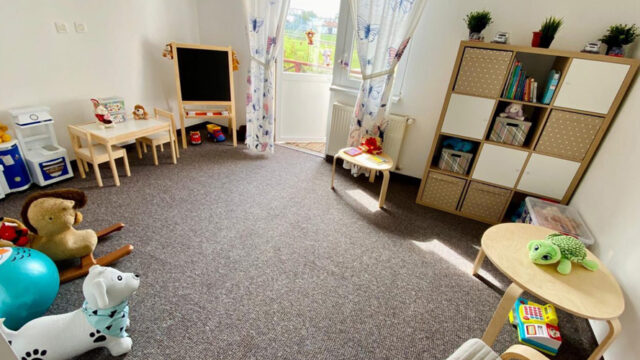Most delegates followed the proceedings and voted items on Zoom.

From October 7 to 13, around 340 General Conference Executive Committee (GCEXCOM) members met for a week of presentations and to discuss and vote on reports and initiatives of the world church and its departments. The meetings, known as the Annual Council of the Seventh-day Adventist Church, were different this year because of pandemic-related travel restrictions and other logistical challenges.
Sessions took place in a hybrid format, with only some GCEXCOM members attending in person at the Adventist Church headquarters in Silver Spring, Maryland, United States. Most members attended, discussed, and voted on issues via Zoom.
Church leaders said that the hybrid format, a first for the General Conference (GC), created significant logistical challenges and required carefully planned technical teamwork. “Our technical team has done a tremendous work,” GC president Ted N. C. Wilson told leaders following the public proceedings.
“This has only been possible thanks to [their] strong support.”
A synchronous display across more than a dozen time zones and in five languages demanded major technical conversations and trial runs with various actors, leaders said. “When we approached Zoom, they told us it was the first time they would attempt something like that,” associate secretary Hensley Mooroven told GCEXCOM members. Leaders said they were happy to report that everything proceeded without a glitch.
The meetings were held in English. For years they have been translated to Spanish, French, Portuguese, and Russian to help non-English-speaking committee members understand and participate. Simultaneous interpreters— two per language—worked in eight different interpretations booths, Roger Esteves, who helped coordinate the service, said.
In the hall of the GC building outside the main auditorium, Millie Castillo coordinated five virtual Zoom rooms or stations—one for each language. “These stations facilitate and help members and special guests access and follow the proceedings in the language of their choice,” she said.
Castillo shared that when members and invitees logged in, they could opt for one of the Zoom rooms. According to her, the English Zoom room had 172 members who were not onsite and followed the proceedings online in that language. “The Spanish room had 30 members, and there were 25 members in the French room, 15 in the Portuguese room, and 12 in the Russian room.”
She explained that when members raised their hands to comment, they were added to a queue on a screen available to the chair of a particular session. Once the chair acknowledged the member, he or she could start talking while all the others were muted. Everyone else, be it at the GC headquarters or around the world, could hear the member speak in English or any of the other four languages.
Castillo also explained how the chair and other members knew who was speaking. “When we place the name of the member in the queue, it acts as a badge,” she shared, “so as soon as they speak, the name and the region or entity the member is representing appears on the screen.”
Leaders believe this hybrid format could serve as a model for other church meetings in the future. “By now it is clear that it works,” they said. “We thank God and our technical support team for it.”


